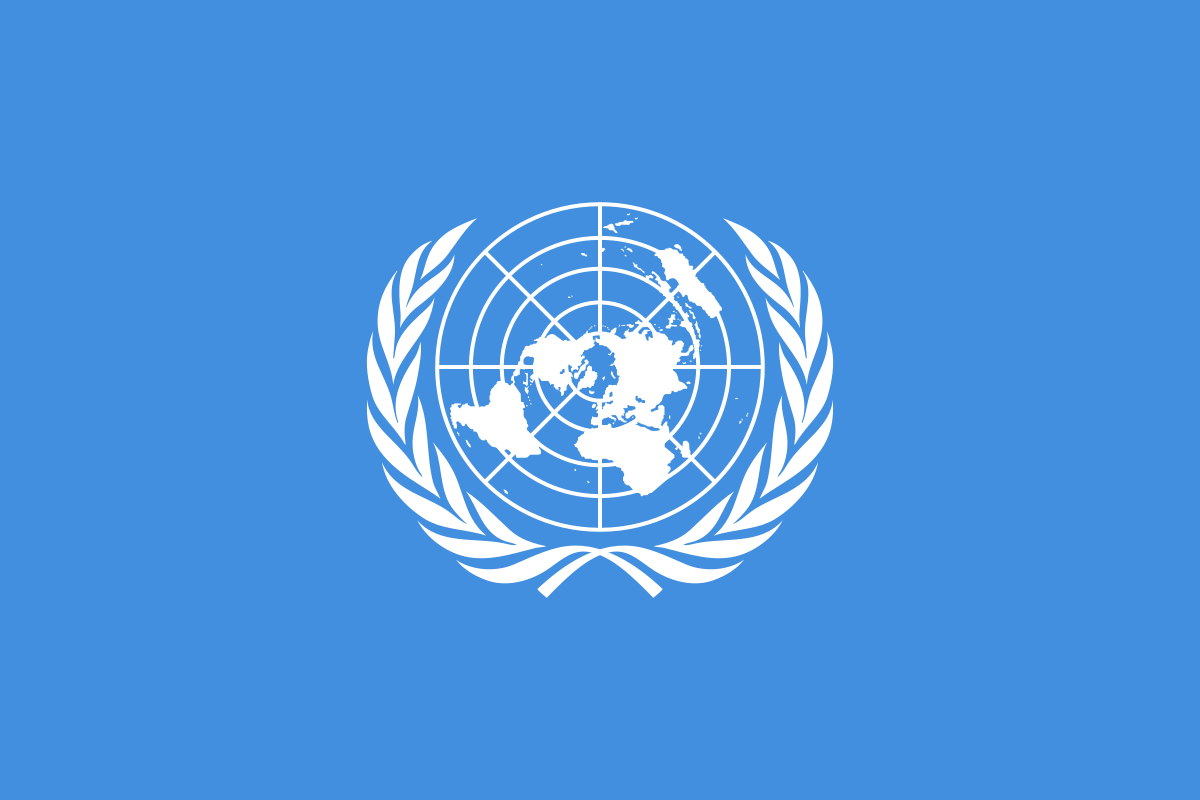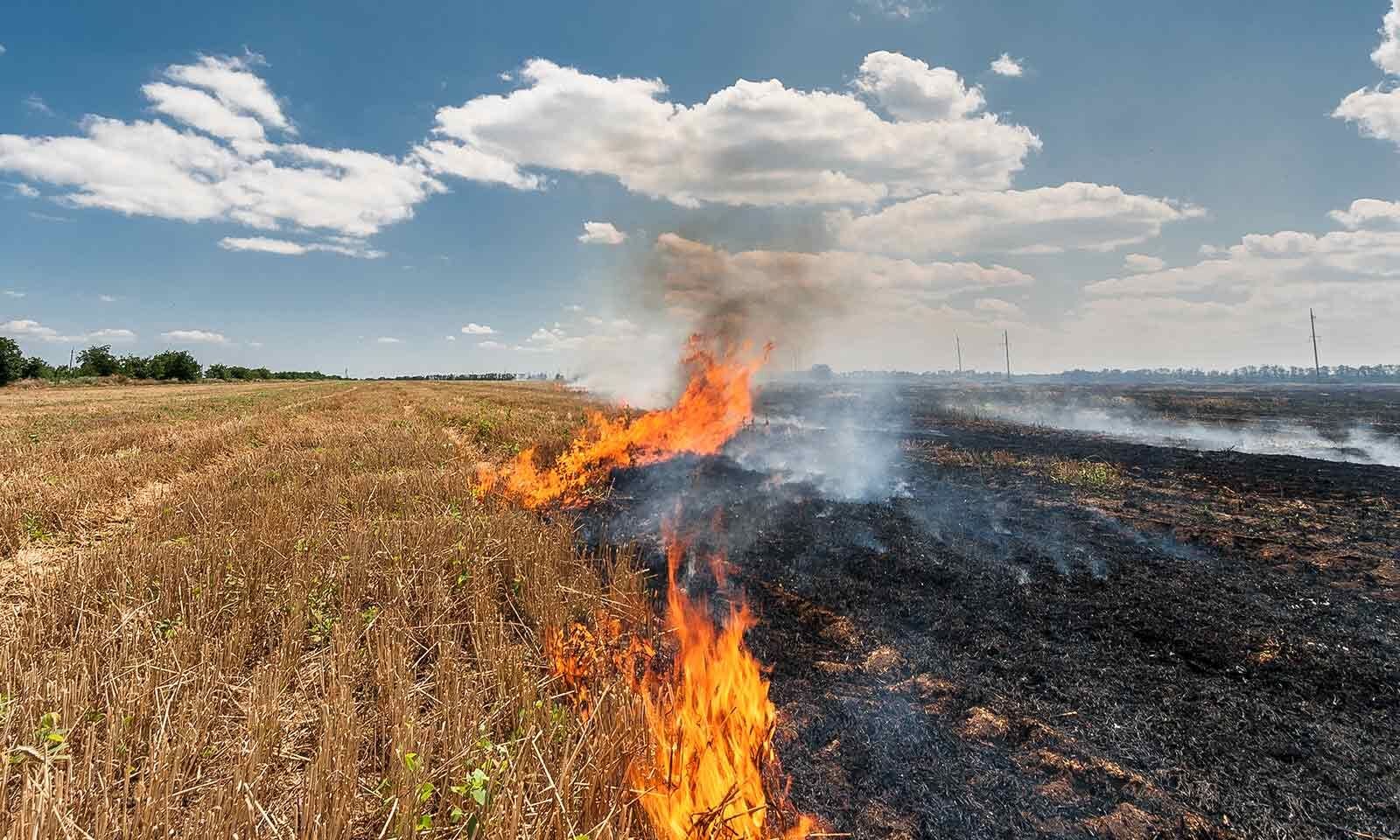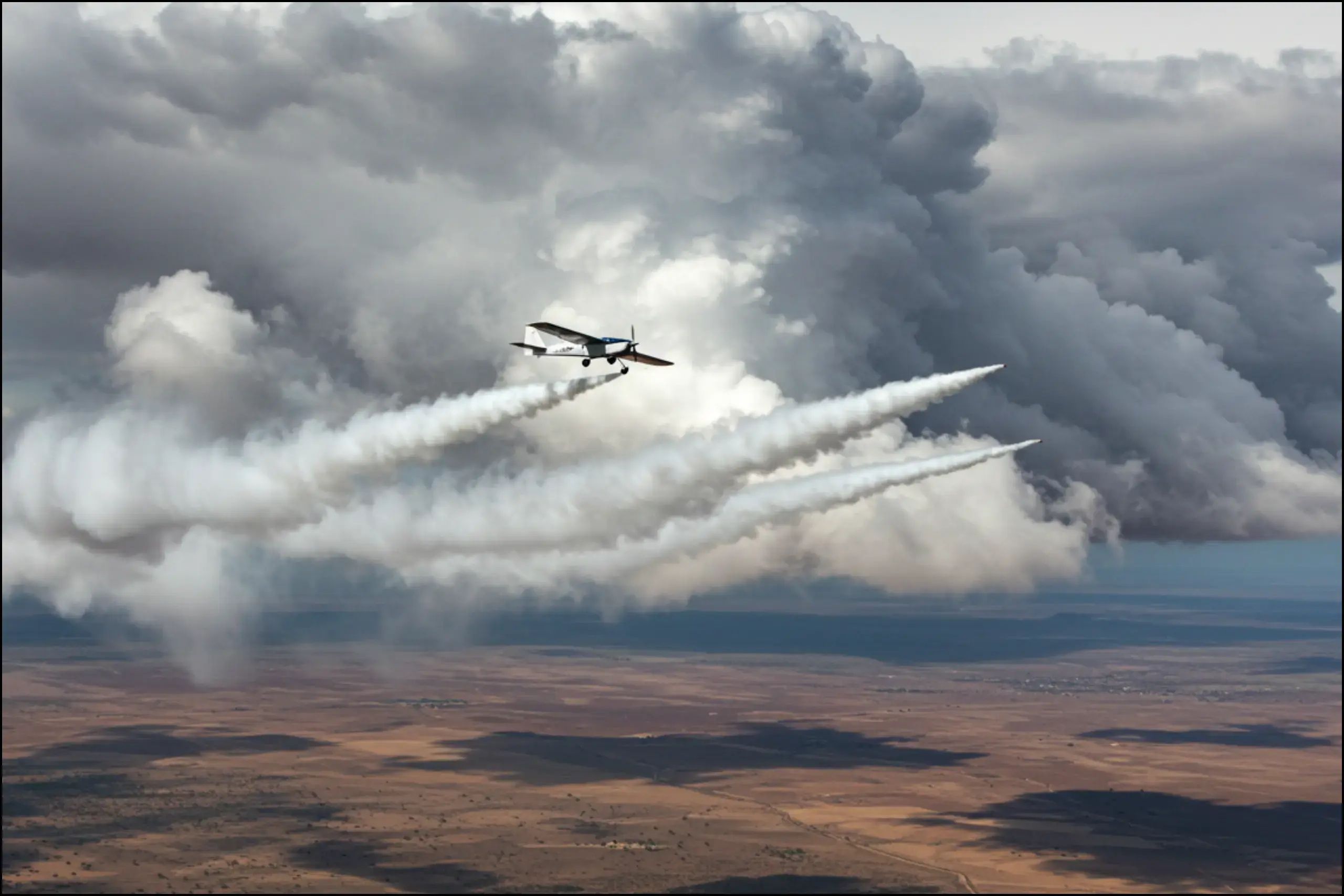1. Indian Ocean
Why in the News?
- India has secured an exploration contract from the International Seabed Authority (ISA) to explore polymetallic sulphur nodules in the Carlsberg Ridge of the northwest Indian Ocean.
- This is the first-ever global licence for exploring polymetallic sulphur nodules, boosting India’s deep-sea mineral exploration ambitions.
- India has also applied for exploration rights in the Afanasy-Nikitin Seamount (ANS) region, but this is pending due to competing claims by Sri Lanka.
About the Indian Ocean

- The Indian Ocean is the third-largest ocean in the world, covering about 70 million sq. km, bounded by Asia (north), Africa (west), Australia (east), and Southern Ocean (south).
- It is a strategic trade route, hosting major chokepoints like the Strait of Hormuz, Malacca Strait, and Bab el-Mandeb, making it vital for global energy and trade flows.
- The Carlsberg Ridge, where India got exploration rights, is a spreading ridge in the northwest Indian Ocean, forming the boundary between the Indian and Arabian tectonic plates.
- Rich in polymetallic nodules and sulphides, the seabed of the Indian Ocean is a key frontier for critical minerals such as manganese, cobalt, copper, and nickel.
- Major marginal seas include the Arabian Sea, Bay of Bengal, Andaman Sea, and Persian Gulf.
- The Indian Ocean Rim Association (IORA) fosters regional cooperation among littoral states on trade, security, and sustainable development.
- It is prone to monsoons, cyclones, and tsunamis (e.g., 2004 Indian Ocean tsunami), making it climatically significant.
- Under UNCLOS, coastal countries can claim up to 200 nautical miles as Exclusive Economic Zone (EEZ), and in some cases, extended continental shelves up to 350–500 nautical miles.
2. Brazil
Why in the News?
- BP announced the discovery of the Bumerangue offshore oilfield in Brazil, considered its biggest in 25 years.
- The field is estimated to hold 2–2.5 billion barrels of recoverable oil, making it one of the largest recent global finds.
- If developed, it could produce around 400,000 barrels per day for decades, boosting Brazil’s role in global oil supply.
- The discovery reflects a renewed push in global oil exploration, after years of reduced investment by major companies.
- Brazil is emerging as an important player in the context of future energy security and supply chains.
About Brazil

- Location
- Situated in eastern South America.
- Spans across the Northern, Southern, and Western Hemispheres.
- Fifth-largest country in the world by area.
- Borders: Shares land borders with all South American nations except Chile and Ecuador.
- Physiographic Regions
- Brazilian Highlands: cover much of the central and southeastern part.
- Amazon Rainforest: the largest tropical rainforest in the world.
- Pantanal Wetlands: one of the most extensive wetland areas globally.
- Rivers and Water Bodies
- Amazon River: originates in the Andes; second-longest in the world and has the largest water discharge volume globally.
- São Francisco River: the longest river flowing entirely within Brazil.
- Iguaçu River: location of the Itaipu Dam, a major hydroelectric power project.
- Coastline and Islands
- 7,491 km long Atlantic coastline.
- Notable islands include Fernando de Noronha.
- Mountains and Peaks: Pico da Neblina (2,999 m), the highest peak in Brazil.
- Amazon Basin
- Largest river basin in the world, spanning Brazil and parts of Peru, Colombia, Ecuador, Venezuela, Bolivia, Guyana, and Suriname.
- Contains the Amazon Rainforest, the world’s largest tropical forest.
- Plays a vital role in the global carbon cycle and climate regulation.





